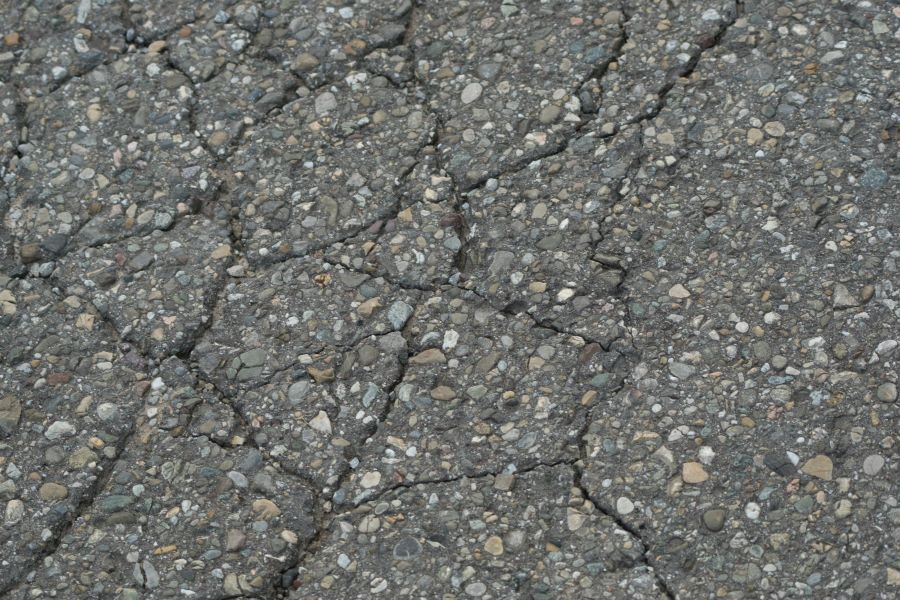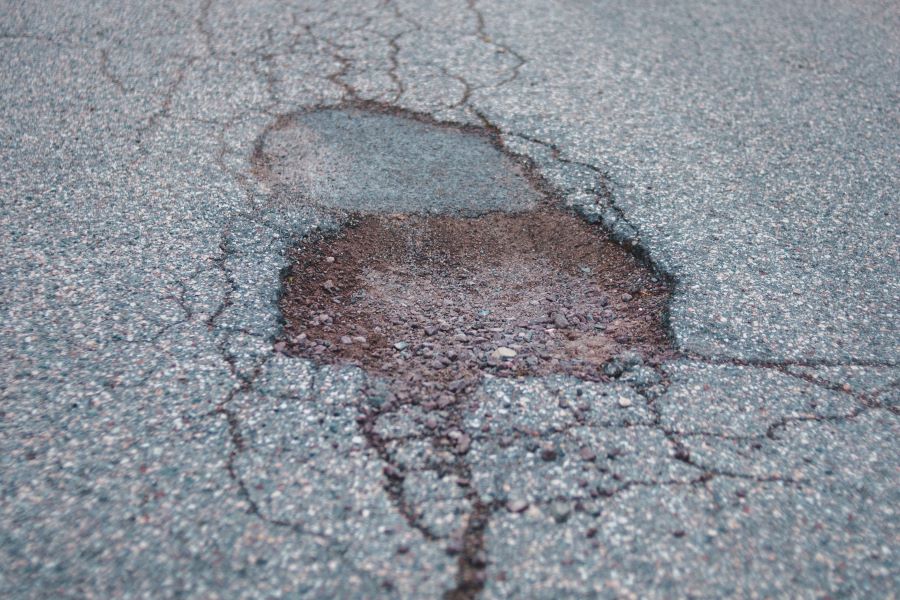In the Philippines, the weather can go from sunny to rainy in just a matter of seconds. This type of polarizing weather can affect roads and create different types of road cracks. These road cracks can be detrimental to pedestrians and motorists alike, and with the increasing number of vehicles in the Philippines, it’s best to get ahead of this damage before a fatal accident occurs.
Here are some of the different road cracks you may encounter and how they’re formed:
Longitudinal Cracks
Vertical damage on the road is called longitudinal cracks. These types of cracks can be caused by several factors such as continuous use of the pavement, poor road joints, or reflective cracking.
Block Cracks
Block cracks are rectangular-shaped cracks on the pavement. This is usually caused by extreme temperature changes where the asphalt binder cannot expand or contract quickly enough to accommodate the road.
This type of crack can be the result of poor aggregate ratios, subpar asphalt binder quality, and using dried-out asphalt to fill roads.
Alligator Cracks
Alligator cracks are due to structural failure. On the surface, it may look shallow, but these cracks are a sign of severe cracking on the base layer.
In the Philippines, a common road problem that motorists encounter is flooding, which is one of the main contributors to alligator cracks. Aside from poor drainage, alligator cracks can also be caused because the asphalt layers are too thin.

Transverse Cracks
Horizontal cracks in concrete pavements are called transverse cracks. These can be caused by extreme temperature changes, poor road construction, and pavement overuse.
Shoving
Shoving occurs in areas with a lot of horizontal movement. If you’ve ever passed through an uneven intersection, this is an example of shoving.
This type of crack is caused by adding too much asphalt or using a mediocre aggregate mix for the road base.
Slippage
Crescent depressions on the road are called slippage. This crack is due to road materials sliding to the layers below. This type of damage is caused by a lack of bonding material used for each layer or the presence of dirt during road construction.
Slippages can turn into large potholes so; they must be fixed immediately.
Potholes
Potholes are a result of moisture infiltrating the road’s layers or an untreated alligator crack.
This type of road crack can come from the surface and go as deep as the base layer, which is why it’s important that road potholes are repaired immediately. If left untreated, potholes can put motorists and cyclists off balance while yielding costly damages for vehicles.

Raveling
Raveling is when the materials of the pavement separate and move downward. The fine aggregates of the pavement erode. This can be caused by asphalt not drying completely.
Reflective Cracks
Reflective cracks usually indicate that there is a problem with the base layer of the road. That’s why when a reflective crack is present, it must be repaired with an asphalt crack filler immediately to avoid further damage to the road.
Edge Cracks
Cracks that happen toward the side of the pavement are called edge cracks. This type of crack can be the result of poor drainage or lack of asphalt foundation at the edges of the road. Continuous traffic or the presence of flora in the area, especially grass, can also trigger edge cracks.
Seamlessly Filling Up Cracks with Rua Seguridad
Road maintenance is essential to the safety of pedestrians and motorists because road cracks may not be dangerous at first but, if left untreated, they can lead to fatal road accidents. So, when you see a crack, it’s time to assemble a team to patch up the site but first, you’ll need to procure the right materials for the job.
As a trusted supplier for road construction operations, Rua Seguridad can provide your company with high-quality asphalt materials for crack repairs.
Visit our website today to see more of our road crack solutions.



